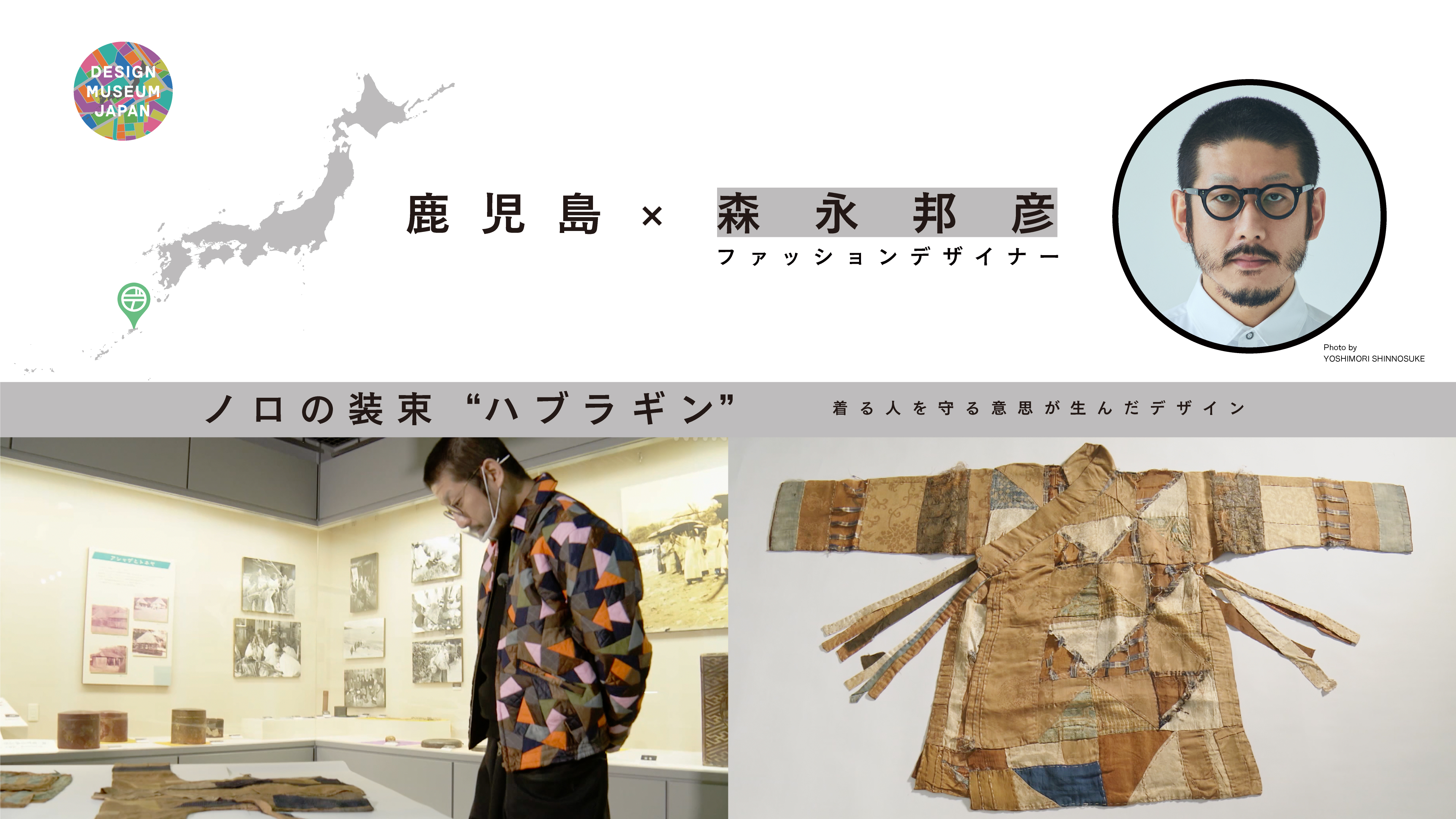The typical Japanese snack is a small bar serving alcoholic drinks and light dishes where the owner chats directly with the customers over the counter. The owner and customers are separated by just the right distance to create a friendly atmosphere. Though compact, each bar represents an encapsulation of elements that produce its own distinctive brand of communication.
Taku Sato Graphic designer
Snacks

Sato visits Nishitachi, the Nishitachibana-dori district of Miyazaki, to research the bars known as “snacks” in Japanese. He casts his wide-ranging design eye over their attractions.
DESIGN TREASURE
Instinctive design that connects spaces
CREATOR

Taku Sato Graphic designer
Born in Tokyo in 1955
Sato started out at Dentsu before establishing Taku Sato Design (now TSDO) in 1984.
He has designed various food products, including Lotte’s Xylitol chewing gum and Meiji milk cartons, done graphic design for Pleats Please Issey Miyake, and also emblems for the Kanazawa 21st Century Museum of Contemporary Art and National Museum of Nature and Science. Sato serves as art director for Nihongo de Asobo (Let’s Play in Japanese), a program on NHK’s educational TV channel; is the overall supervisor of Design Ah! and Design Ah! Neo; and the director of 21_21 Design Sight. In April, 2025, he became President of the Kyoto University of the Arts.

Sato passes beneath Nishitachi’s neon gate into another dimension.
Cultural origins in the old street stalls
The district known as Nishitachi is a block of streets centered on Nishitachibana-dori but also including Chuo-dori, Ebisu-dori, Takamatsu-dori, Nishiginza-dori and others. Back in the 1950’s, before the modern entertainment district developed, this was a place of many street stalls. When the former Japan National Railways sold some of the land, buildings were erected and the stallholders moved into the buildings instead. Starting from the Yasubei-koji, the number of bars increased and now more than a thousand are crammed into this small area.

Photo: Miyazaki City
Signage with plenty to see
Most of the snacks are located in multi-purpose buidings. The shared signboards lure customers in. Every building has a different style. Some are formatted by color or size, others let every bar choose its own font and make no attempt at unity. “Neither way is necessarily good or bad,” says Sato, who studies them all with interest. “There are various ways of thinking. The co-existence of different approaches generates the interest of not knowing what to expect.”

Sato finds it fascinating even just looking at the signs.


It is fun imagining what a bar is like inside from its sign.
Photo: Taku Sato
The space before going in
Entering a building of snacks from the street, the bars stretch all the way to the back of the building. The bars are all tightly crammed together but it does not feel like an alley. Rather, Sato thinks of it as a labyrinth. “The narrow corridor pulls you into a different space.”

Bars packed tightly together on the same floor.
Photos: Taku Sato

The bars also express their own character on the door.
Designs that facilitate communication
Inside, the customers drink and chat happily. Sato takes a seat at the counter and notices the contrast between the height of the counter and lowness of the chair. The owner explains its purpose is to facilitate eye contact between owner and customer. Sato likes it. “It is casual but important,” he says. The bar’s character is expressed by everything from the arrangement of the bottles to the decorations and accessories. Sato explains the character depends on the personality of the man or woman who runs it, and this is what generates the sense of security that is one of the core attractions of the snack.

The heights are just right for eye contact and conversation with the owner.
Where can you find this design treasure?
Nishitachi Are
This district has over 1,500 sit-down and stand-up bars serving everything from local dishes to grilled meats and Italian cuisine. Another attraction is that most are easy to visit on your own.
The district is centered on Nishitachibana-dori in the Miyazaki city center, about 13 minutes’ walk from Miyazaki Station.

The lamps produce an old-fashioned atmosphere.
Photo: Miyazaki Prefecture Tourism Association




























